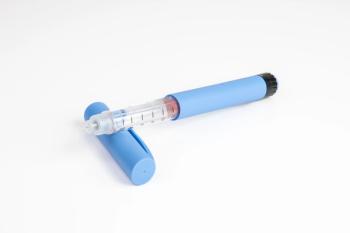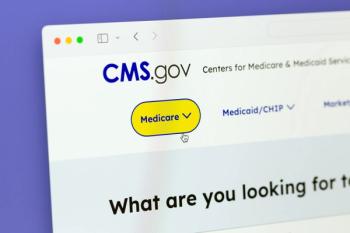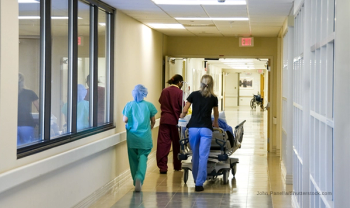
The Relationship Between HIV and Homelessness
Homelessness and HIV share common risk factors, according to Julie Dombrowski, M.D., M.P.H., professor of medicine at the University of Washington and director of HIV treatment initiatives at the King County, Seattle public health department.
In the United States, approximately 9% to 17% of the 1.2 million people living with HIV are homeless, according to
“When people are living homeless, they certainly are at more risk for HIV, in part because of things like concurrent drug use, and also because of survival needs when someone is living homeless, which can be related to things like exchanging sex for drugs or money, and therefore tied to HIV,” Julie Dombrowski, M.D., M.P.H., professor of medicine at the University of Washington, director of HIV treatment initiatives at the public health department of Seattle, King County and lead author, said in an interview with Managed Healthcare Executive.
Dombrowski also talked about how the term ‘homeless’ can be difficult to define, which leads to difficulties in collecting exact statistics.
“A lot of times when people think of homelessness, they picture street homelessness or someone living outside,” she said. “People can be homeless but staying with somebody or at a temporary shelter.”
Homelessness is also time sensitive, she explained. For example, numbers may be different if someone is asked where they slept last night only versus if asked how many, if any, nights they did not have a place to sleep in the last year.
Newsletter
Get the latest industry news, event updates, and more from Managed healthcare Executive.




















































